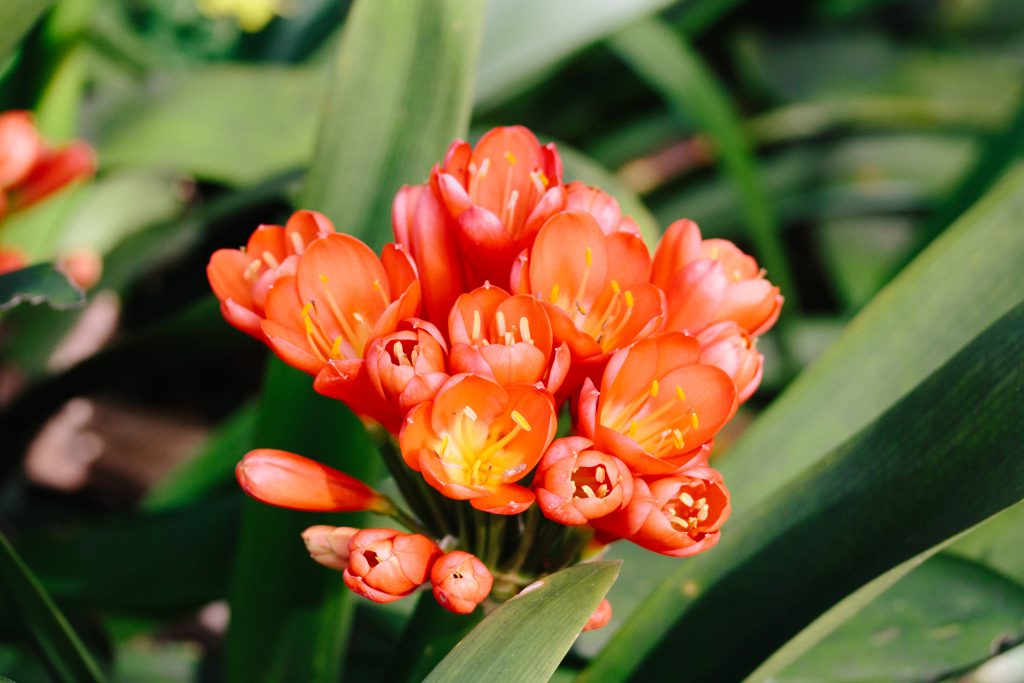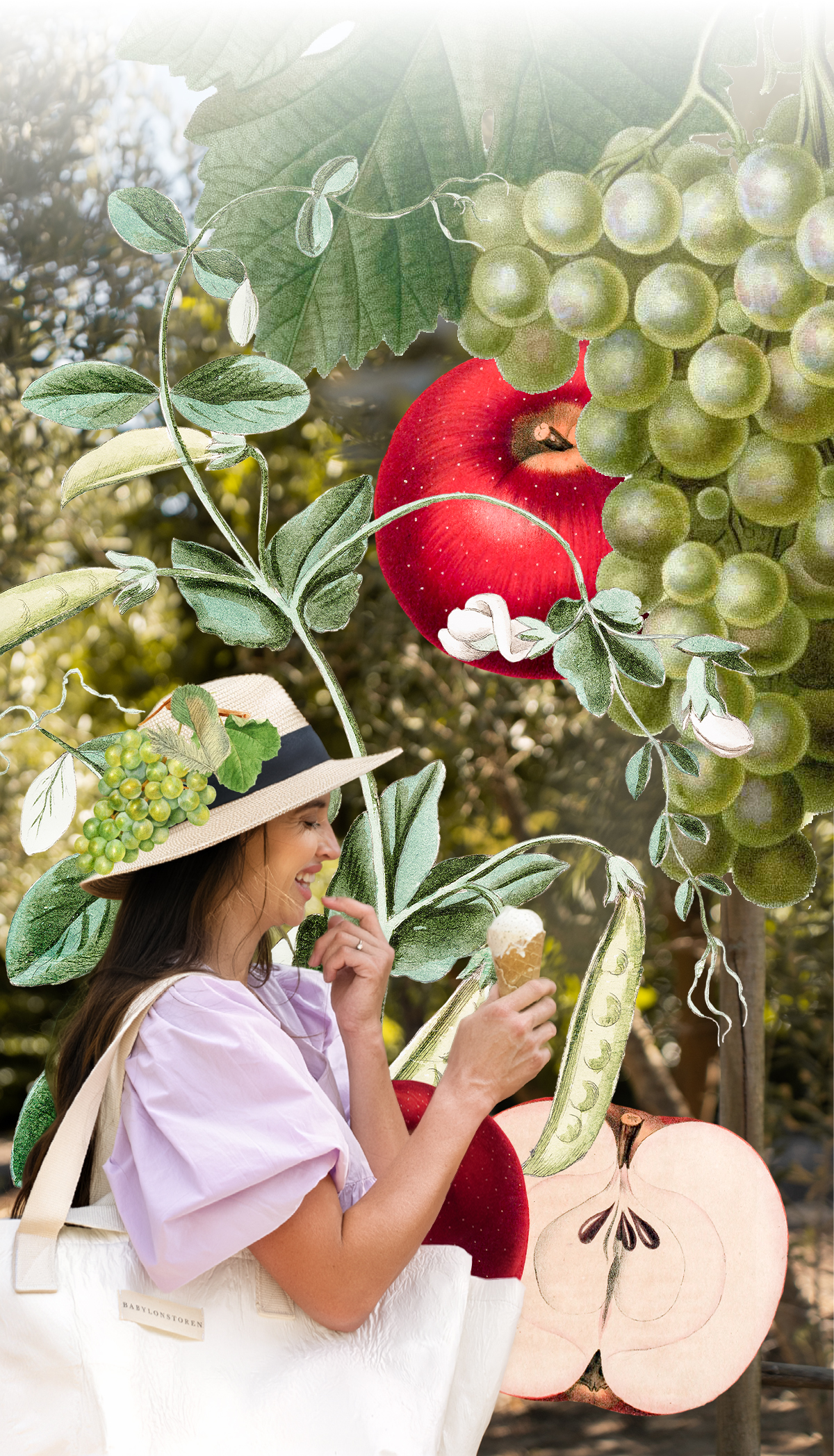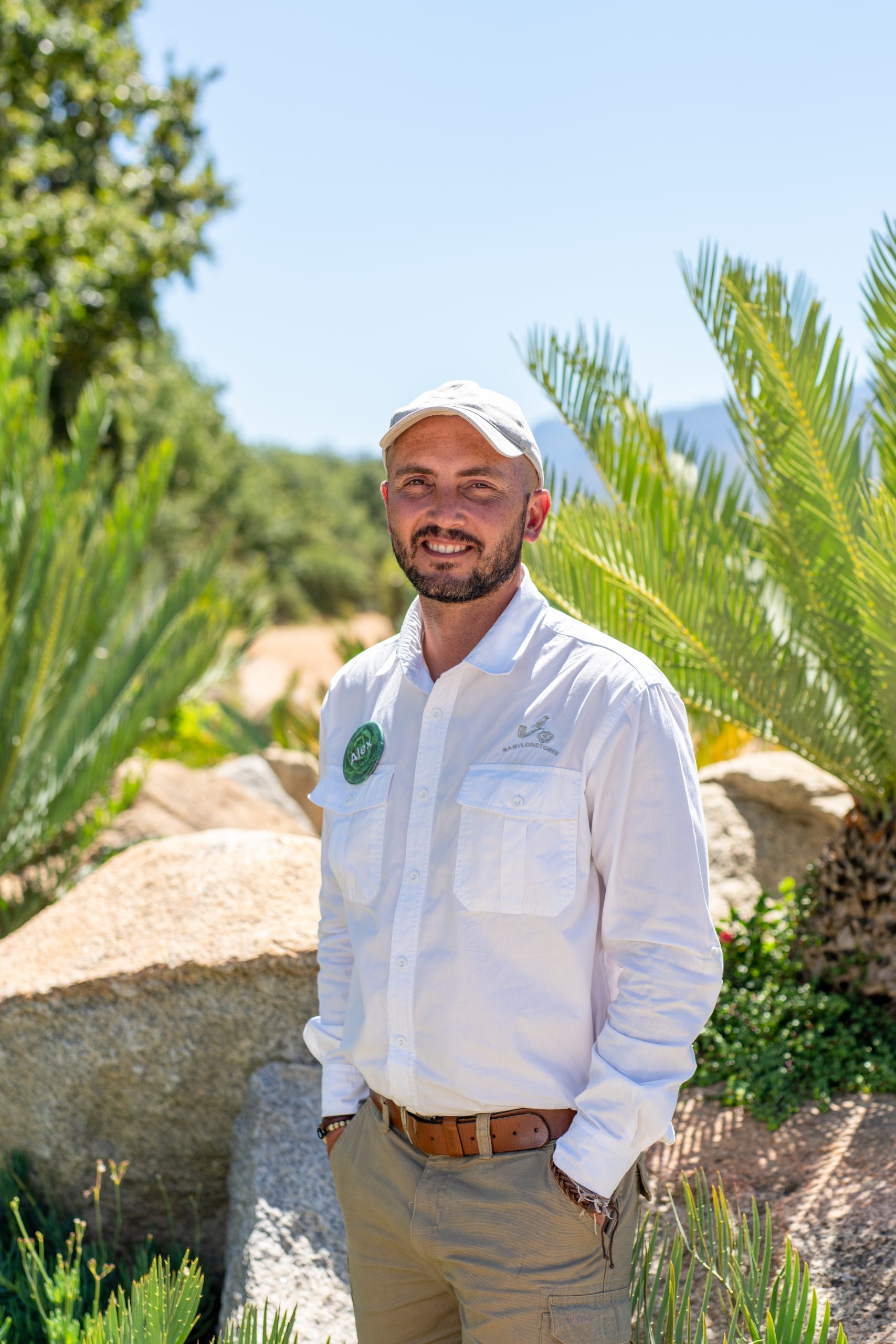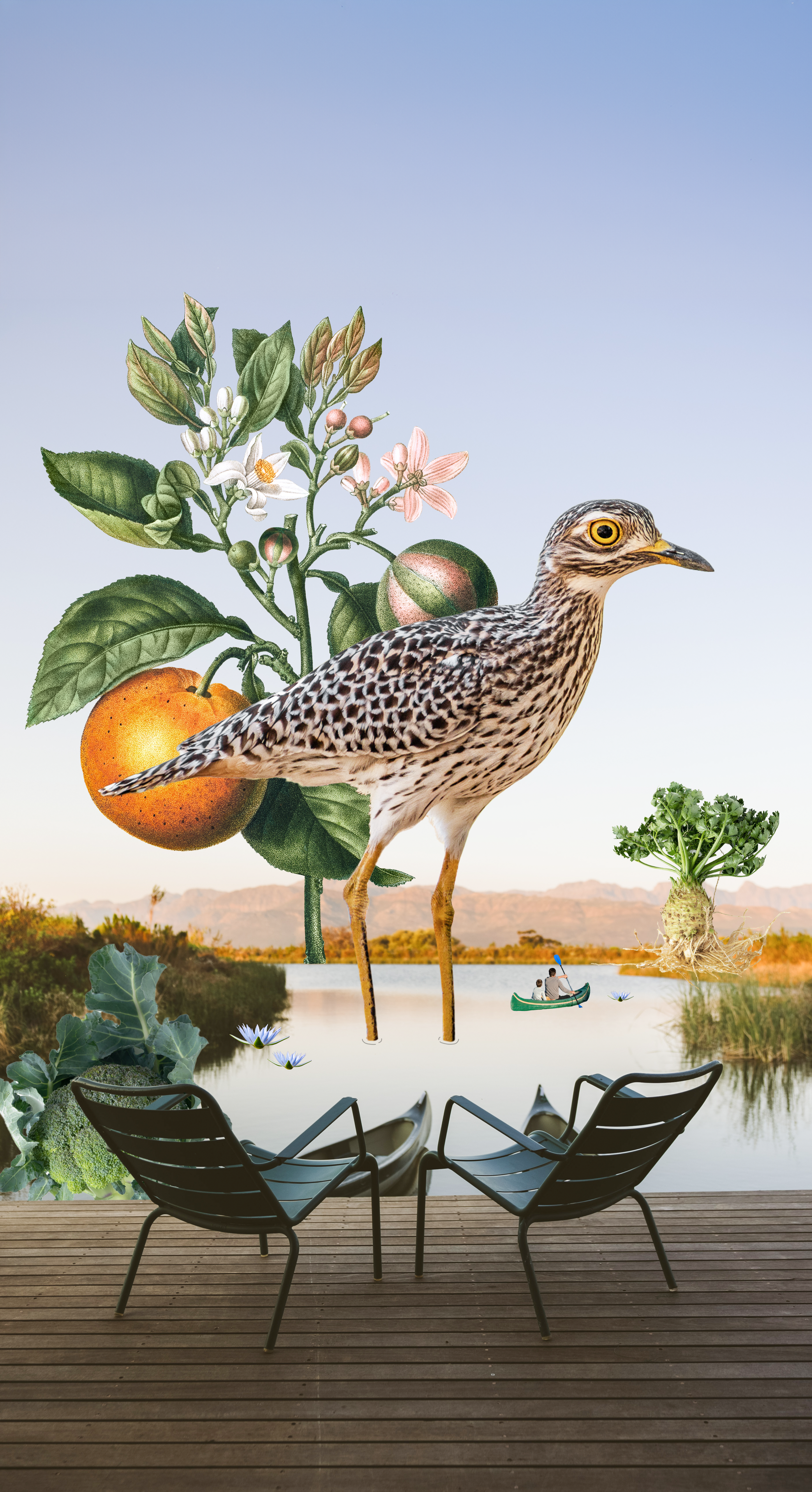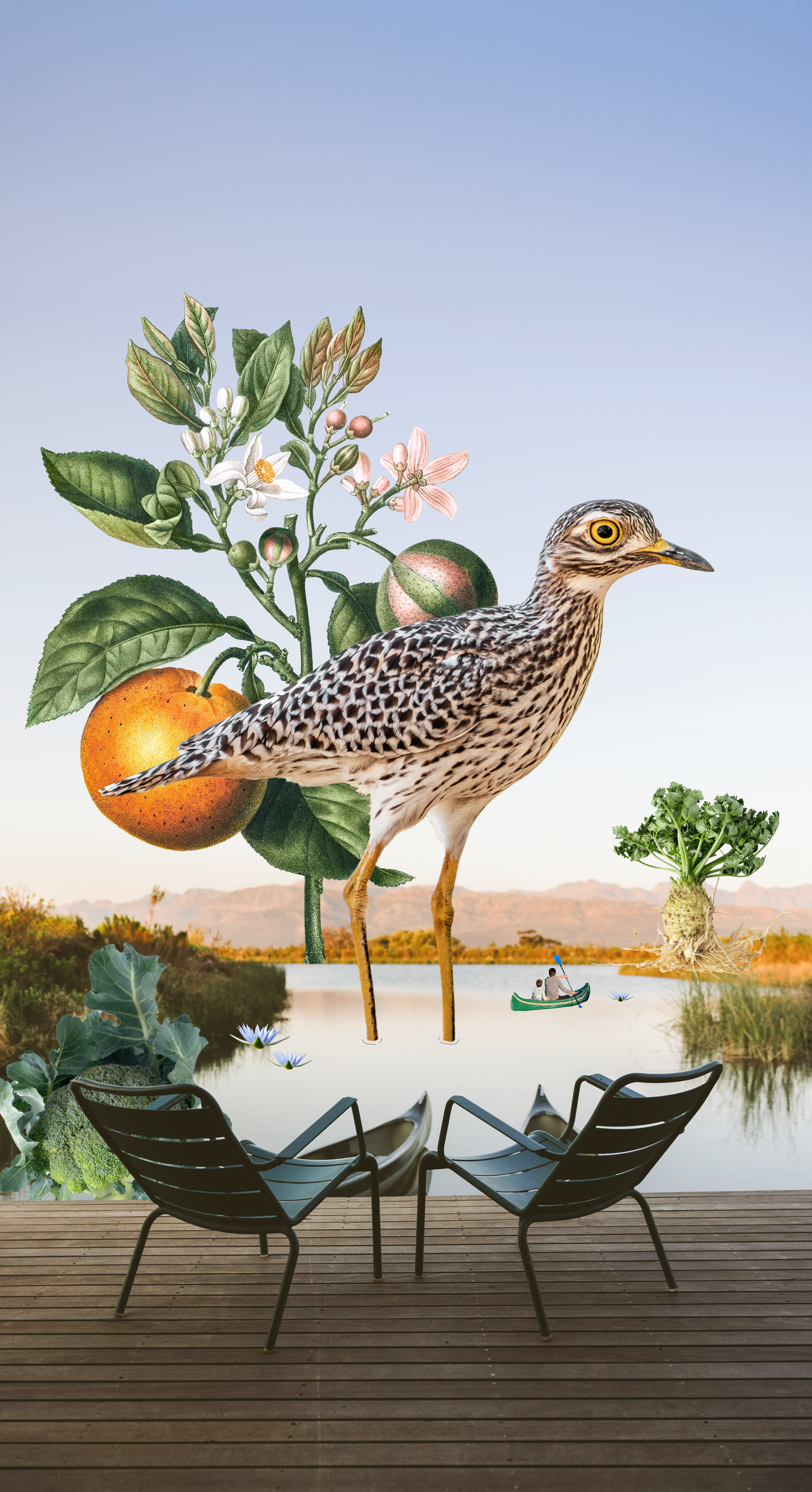The Clivias at Babylonstoren
July 26th, 2019September is the month of the Clivias at Babylonstoren. We have an exceptional collection of these beautiful indigenous lilies, and celebrate their peak flowering time as a special highlight in our garden.
Along the stream at the bottom of the garden, a winding path meanders, shaded by old oaks and wild olives. Take the path to discover a magnificent array of over 9000 Clivia plants, with flowers in all shapes and colours, ranging through shades of yellow, peach, orange to deep red.
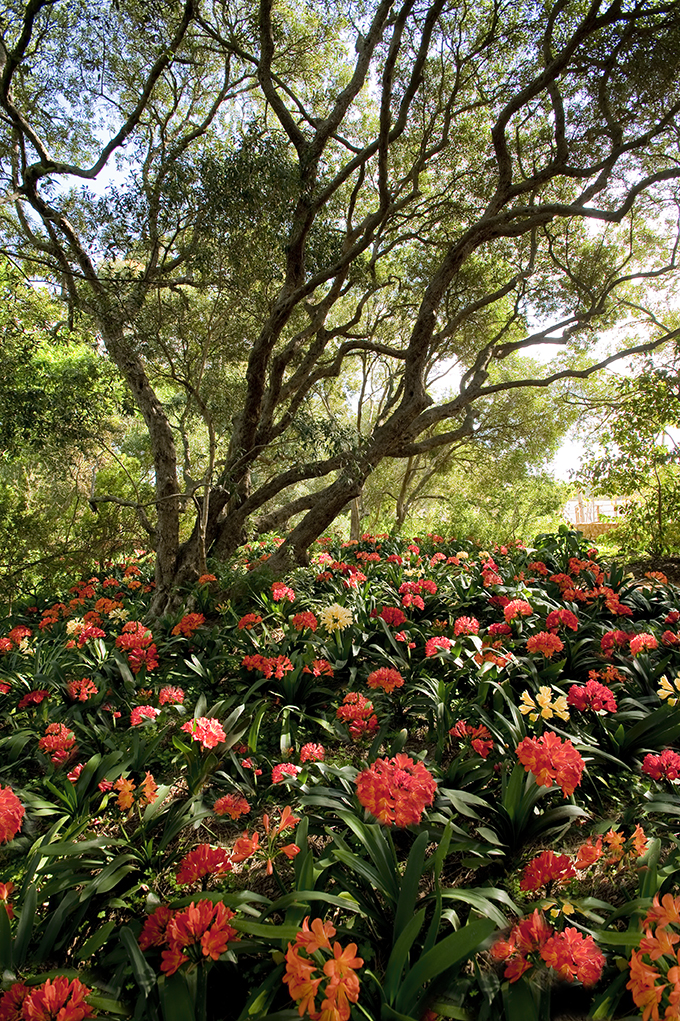
These spectacular Clivias came from Hans Roos as a generous gift to his sister Karen Roos.
To complement the Clivias planted under the trees, we acquired the Mick Dower Clivia Collection, which is much- admired by Clivia enthusiasts and is regarded as one of the top Clivia collections in the world. This collection with all six Clivia species and many unusual hybrids was selected and bred by Mick Dower over many years.
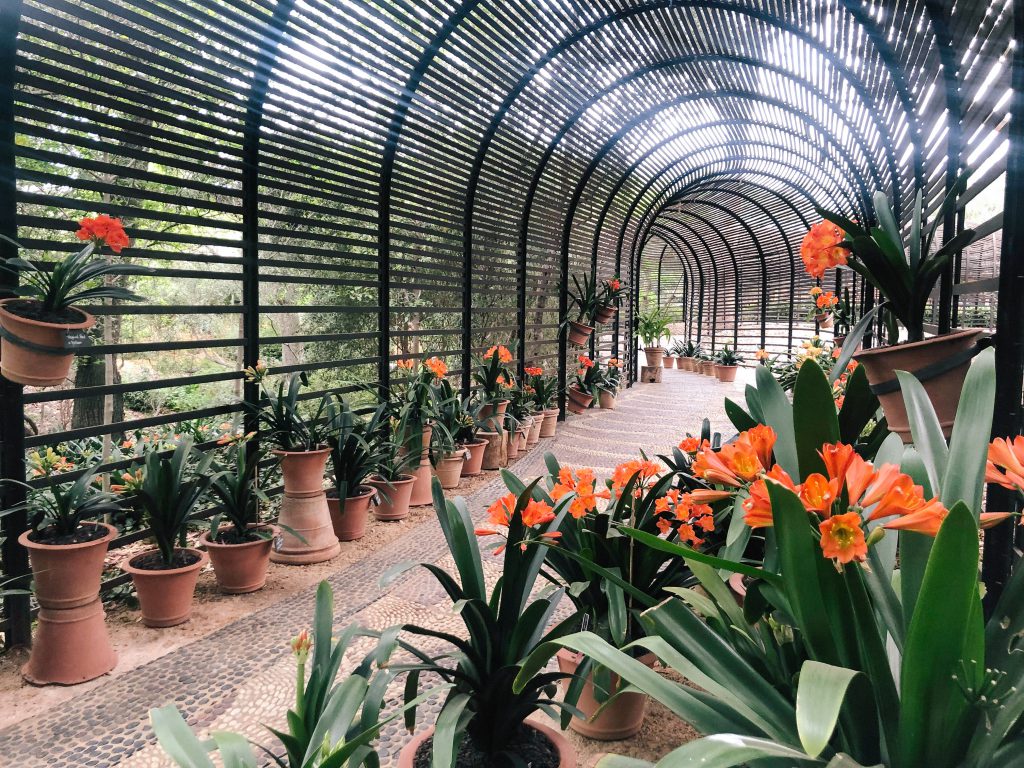
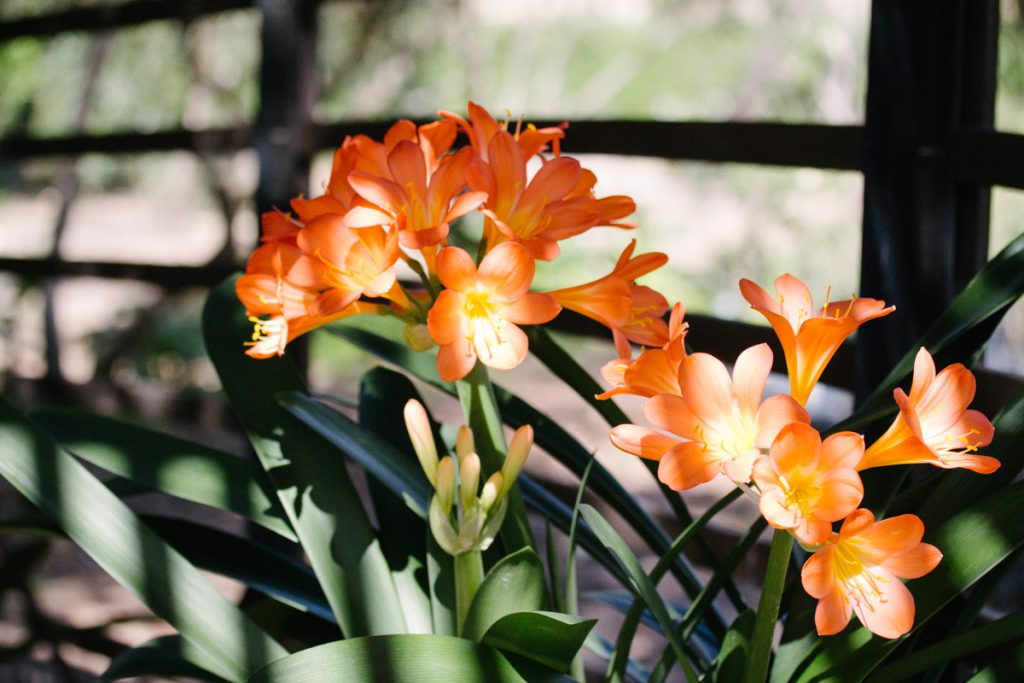
To show the Clivias in pots at their best, we are creating a 70m long special shade house, built in a curving tunnel shape amongst huge eucalyptus trees. This is a walk you do not want to miss when the Clivias are out in flower.
To learn more about our clivias join us for The Garden Tour, daily at 10am. Booking is essential.
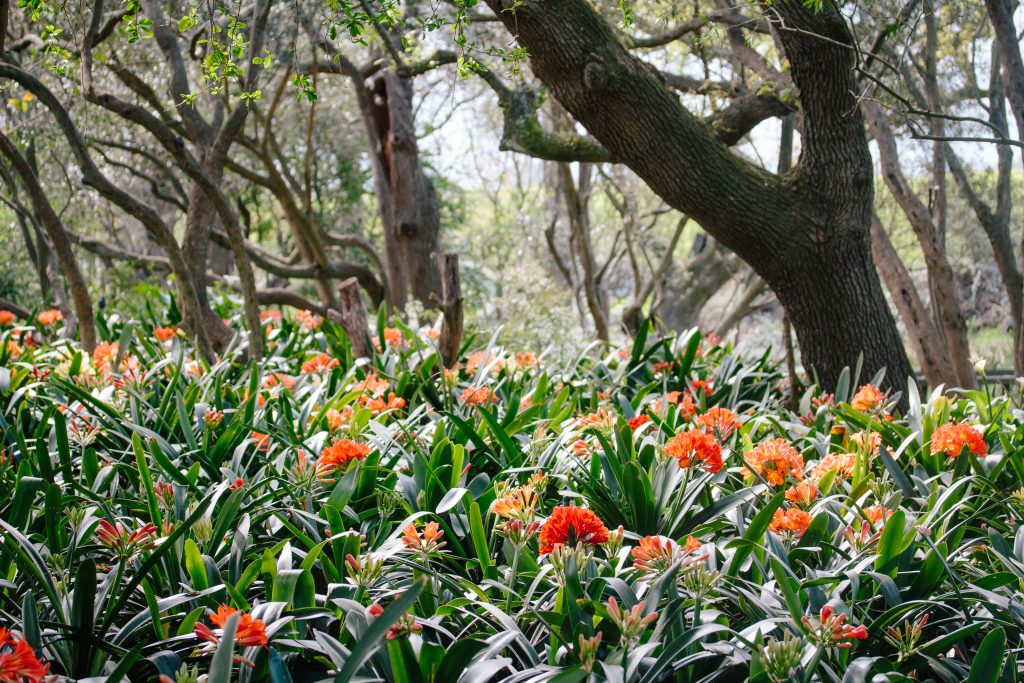
Clivia Facts
-In spring and early summer, our garden boasts 9000 clivia plants.
-Clivias are also known as bush lilies or Natal lilies.
-The clivia plant family consists of six species.
-Some clivia species are poisonous.
-The clivia plant is named after Lady Charlotte Florentina Clive, the Duchess of Northumberland, who was the granddaughter of Robert Clive.
-Miniata means the colour of red lead.
